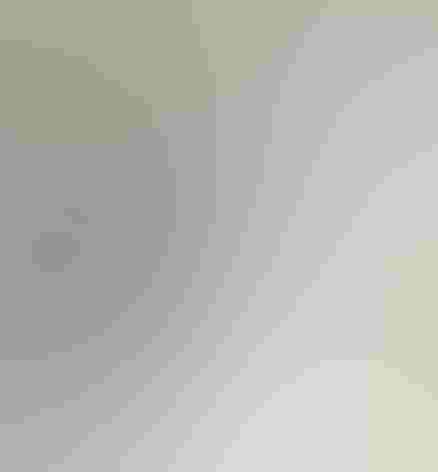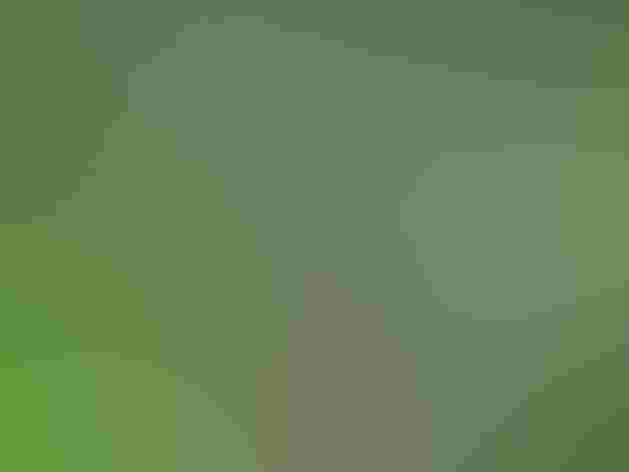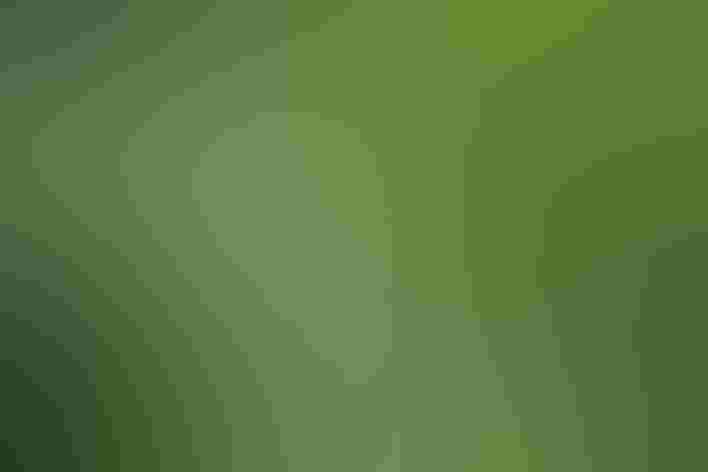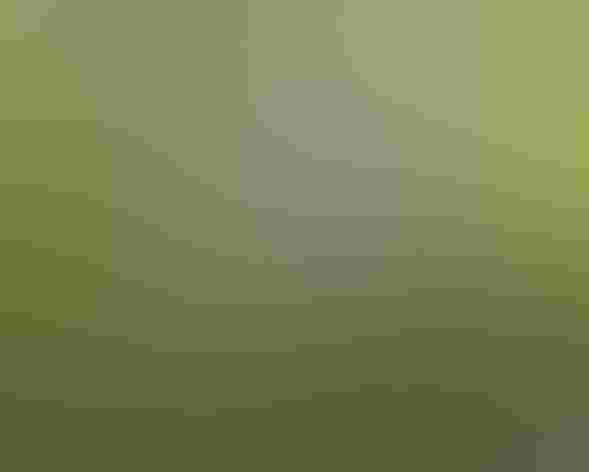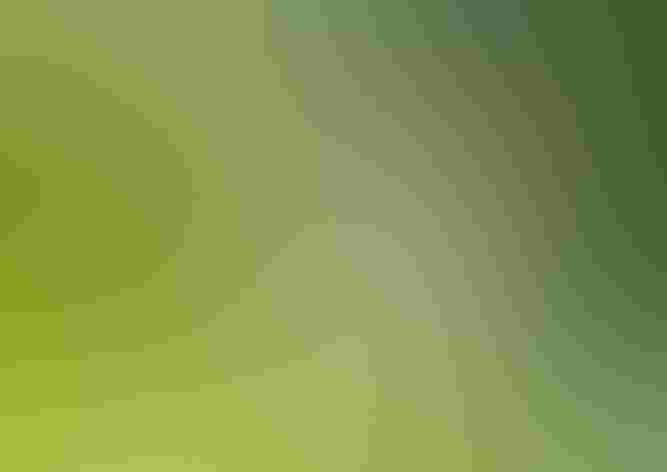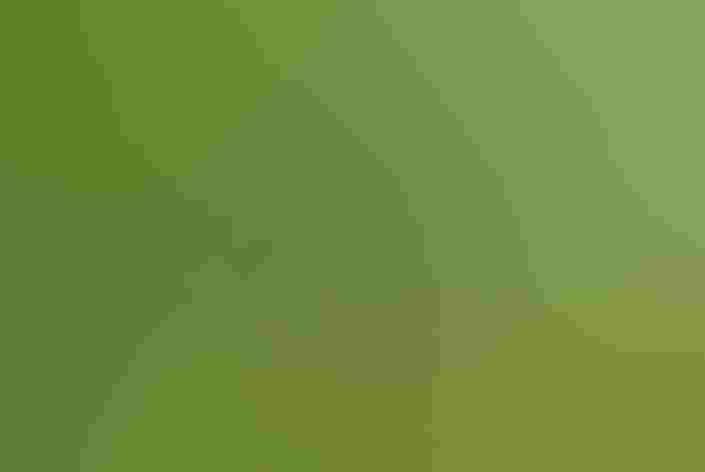Gray Catbird
At a Glance
Rather plain but with lots of personality, the Gray Catbird often hides in the shrubbery, making an odd variety of musical and harsh sounds -- including the catlike mewing responsible for its name. At other times it moves about boldly in the open, jerking its long tail expressively. Most catbirds winter in the southern United States or the tropics, but a few linger far to the north if they have access to a reliable source of berries or a well-stocked bird feeder.
All bird guide text and rangemaps adapted from Lives of North American Birds by Kenn Kaufman© 1996, used by permission of Houghton Mifflin Harcourt Publishing Company. All rights reserved.
Category
Mockingbirds and Thrashers, Perching Birds
IUCN Status
Least Concern
Habitat
Fields, Meadows, and Grasslands, Forests and Woodlands, Freshwater Wetlands, Shrublands, Savannas, and Thickets, Urban and Suburban Habitats
Region
California, Eastern Canada, Florida, Great Lakes, Mid Atlantic, New England, Northwest, Plains, Rocky Mountains, Southeast, Southwest, Texas, Western Canada
Behavior
Direct Flight, Flitter
Population
29.000.000
Range & Identification
Migration & Range Maps
Apparently migrates mostly at night. Birds breeding in the northwest seem to migrate east before turning south in fall, since they are rarely seen in the southwest.
Description
8-9 1/4" (20-23 cm). Slim and long-tailed; often flips tail about expressively. Smooth gray all over with black cap, chestnut undertail coverts.
Size
About the size of a Robin
Color
Black, Gray, Orange, Red
Wing Shape
Broad
Tail Shape
Rounded, Square-tipped
Songs and Calls
A long, irregular succession of musical and mechanical notes and phrases; a cat-like mewing. Sometimes seems to mimic other birds.
Call Pattern
Falling, Flat, Undulating
Call Type
Chatter, Chirp/Chip, Hi, Scream, Whistle
Habitat
Undergrowth, brush, thorn scrub, suburban gardens. At all seasons, favors dense low growth. Most common in leafy thickets along the edges of woods and streams, shrubby swamps, overgrown brushy fields, and hedges in gardens. Avoids unbroken forest and coniferous woods.
Sign up for Audubon's newsletter to learn more about birds like the Gray Catbird
Behavior
Eggs
4, sometimes 3-5, rarely 2-6. Greenish blue, rarely with some red spots. Incubation is by female only, about 12-13 days.
Young
Both parents feed the nestlings. Young leave the nest about 10-11 days after hatching. 2 broods per year.
Feeding Behavior
Does much foraging on ground, flipping leaves aside with bill as it seeks insects. Feeds on berries up in shrubs and trees.
Diet
Mostly insects and berries. Especially in early summer, eats many beetles, ants, caterpillars, grasshoppers, crickets, true bugs, and other insects, as well as spiders and millipedes. Nestlings are fed almost entirely on insects. More than half the annual diet of adults may be vegetable matter, especially in fall and winter, when they eat many kinds of wild berries and some cultivated fruit. Rarely catches small fish. At feeders, will eat a bizarre assortment of items including doughnuts, cheese, boiled potato, and corn flakes.
Nesting
Early in breeding season, male sings constantly in morning and evening, sometimes at night. Courtship may involve male chasing female, posturing and bowing with wings drooped and tail raised; male may face away from female to show off patch of chestnut under tail. When Brown-headed Cowbirds lay eggs in nests of this species, the cowbird eggs are usually punctured and ejected by the adult Catbirds. Nest: Placed in dense shrubs, thickets, briar tangles, or low trees, usually 3-10' above the ground. Nest (built mostly by female) is a large bulky cup of twigs, weeds, grass, leaves, and sometimes pieces of trash, lined with rootlets and other fine materials.
Conservation
Conservation Status
At least in the east, populations seem to have been increasing in recent decades.
Climate Threats Facing the Gray Catbird
Choose a temperature scenario below to see which threats will affect this species as warming increases. The same climate change-driven threats that put birds at risk will affect other wildlife and people, too.

